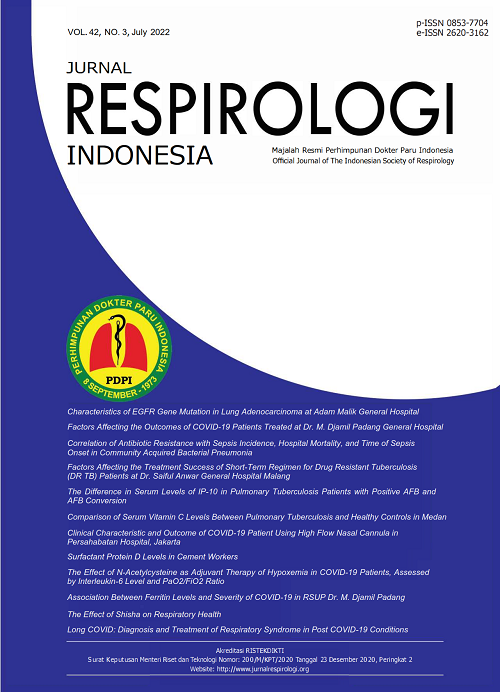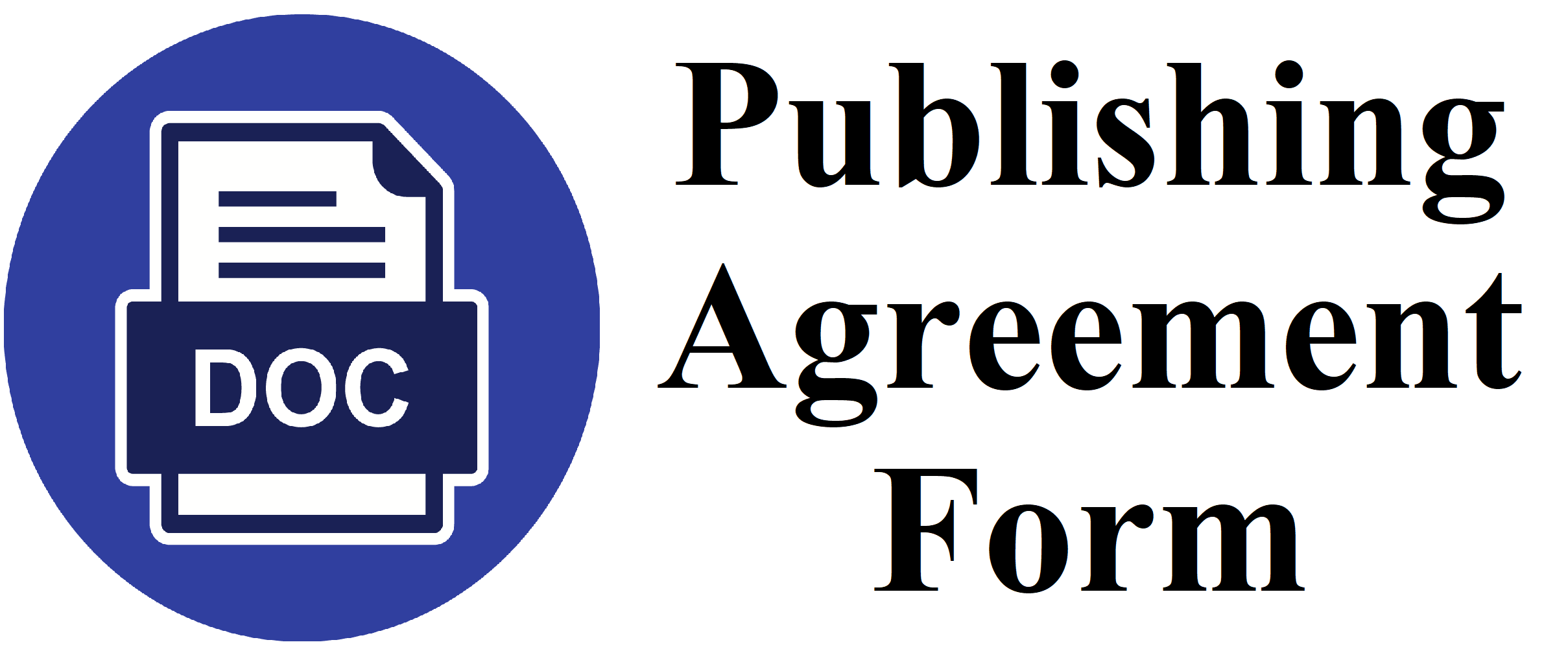The Effect of Sisha on Respiratory Health
DOI:
https://doi.org/10.36497/jri.v40i3.309Abstract
Smoking sisha is considered a more socially acceptable activity in Middle East. The prevalence of sisha smokers varies among adolescent in the Middle East. Smoking sisha involves burning tobacco with a certain aroma, commonly referred to as molasses, and burning it using coal. Some people consider sisha a safer alternative to cigarettes, but some of evidence show the harmful and detrimental respiratory health effects associated with the use of sisha.
Downloads
References
Chwyeed SH. A comparison between the effect of shisha and cigarette smoking on serum lipid profile of males in Nasiriyah city. Med J Babylon.2018;15(1):39.
Taufik FF, Giovana L, Susanto AD. Levels of urinary cotinine and exhaled carbon monoxide after shisha smoking. J Phys Conf Ser.2018; 1073(2): 022019.
Al-Rawi NH, Alnuaimi AS, Uthman AT. Shisha smoking habit among dental school students in the united arab emirates: enabling factors and barriers. Int J Dent. 2018;2018:2805103.
Saravanan C, Attlee A, Sulaiman N. A cross sectional study on knowledge, beliefs and psychosocial predictors of shisha smoking among university students in sharjah, united arab emirates. Asian Pac J Cancer Prev. 2019;20(3):903-9.
Asfour LW, Stanley ZD, Weitzman M, Sherman SE. Uncovering risky behaviors of expatriate teenagers in the united arab emirates: a survey of tobacco use, nutrition and physical activity habits. BMC Public Health. 2015; 15, 944.
Meo SA, AlShehri KA, AlHarbi BB, Barayyan OR, Bawazir AS, Alanazi OA, et al. Effect of shisha (waterpipe) smoking on lung functions and fractional exhaled nitric oxide (FeNO) among saudi young adult shisha smokers. Int J Environ Res Public Health. 2014;11(9):9638-48.
Baroud S, Eladi M, Aboelkheir A. Knowledge, practices, and reasons of hookah smoking in the united arab emirates: a cross-sectional study. Hamdan Med J. 2021;1(14):17-22.
Salloum RG, Abu-Rmeileh N, Hamadeh R, Thomas J, Mostafa A, Yusufali A, et al. Policy-relevant context of waterpipe tobacco smoking among university students in six countries across the eastern mediterranean region: a qualitative study. Asian Pac J Cancer Prev. 2017;18(9):2533-40.
Arıcıgil M, Arbağ H. Hookah smoking impairs nasal mucociliary clearance. Tob Induc Dis. 2018;16:06.
Patel MP, Khangoora VS, Marik PE. A review of the pulmonary and health impacts of hookah Use. Ann Am Thorac Soc. 2019;16(10):1215-9.
Kadhum M, Sweidan A, Jaffery AE, Al-Saadi A, Madden B. A review of the health effects of smoking shisha. Clin Med (Lond). 2015;15(3):263-6.
Qasim, H., Alarabi, A.B., Alzoubi, K.H. et al. The effects of hookah/waterpipe smoking on general health and the cardiovascular system. Environ Health Prev Med. 2019;24:58.
Husain H, Al-Fadhli F, Al-Olaimi F, et al. Is smoking shisha safer than cigarettes: comparison of health effects of shisha and cigarette smoking among young adults in kuwait. Med Princ Pract. 2016;25(2):117-22.
Wong LP, Alias H, Aghamohammadi N, Aghazadeh S, Hoe VC. Shisha smoking practices, use reasons, attitudes, health effects and intentions to quit among shisha smokers in malaysia. Int J Environ Res Public Health. 2016;13(7):726.
Martinasek MP, Haddad LG, Wheldon CW, Barnett TE. Beliefs and attitutes associated with hookah smoking among a united states college population. Resp Care. 2017; 62(3):370-9.
Bahtouee M, Maleki N, Nekouee F. The prevalence of chronic obstructive pulmonary disease in hookah smokers. Chron Respir Dis. 2018;15(2):165-72.
Choe EH, Sutherland L, Hills C, Sood JD. Shisha smoking as a possible cause of bilateral granulomatous lung lesions. Respirol Case Rep. 2018;6(9):e00374.
Downloads
Published
Issue
Section
License
- The authors own the copyright of published articles. Nevertheless, Jurnal Respirologi Indonesia has the first-to-publish license for the publication material.
- Jurnal Respirologi Indonesia has the right to archive, change the format and republish published articles by presenting the authors’ names.
- Articles are published electronically for open access and online for educational, research, and archiving purposes. Jurnal Respirologi Indonesia is not responsible for any copyright issues that might emerge from using any article except for the previous three purposes.
















